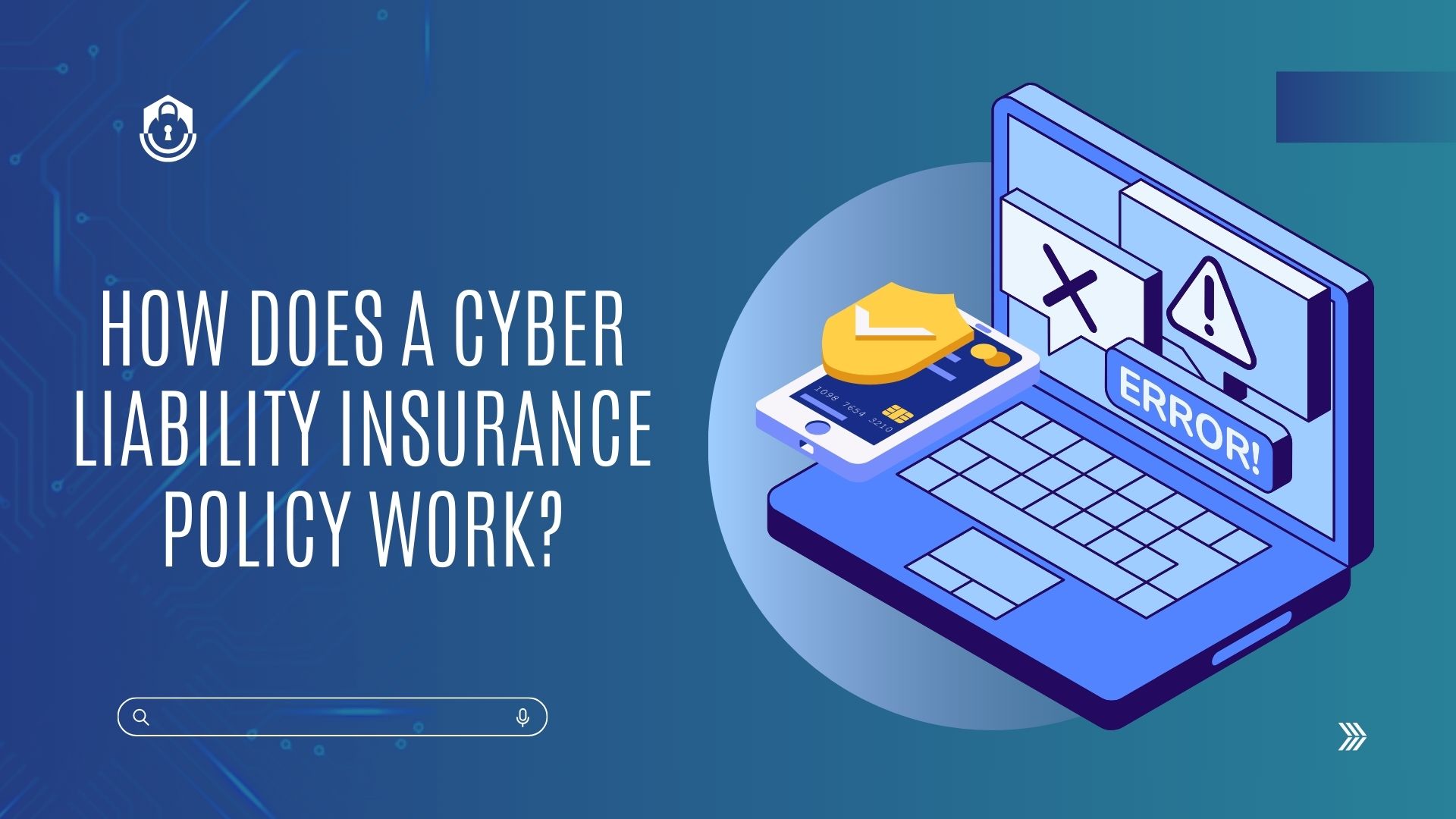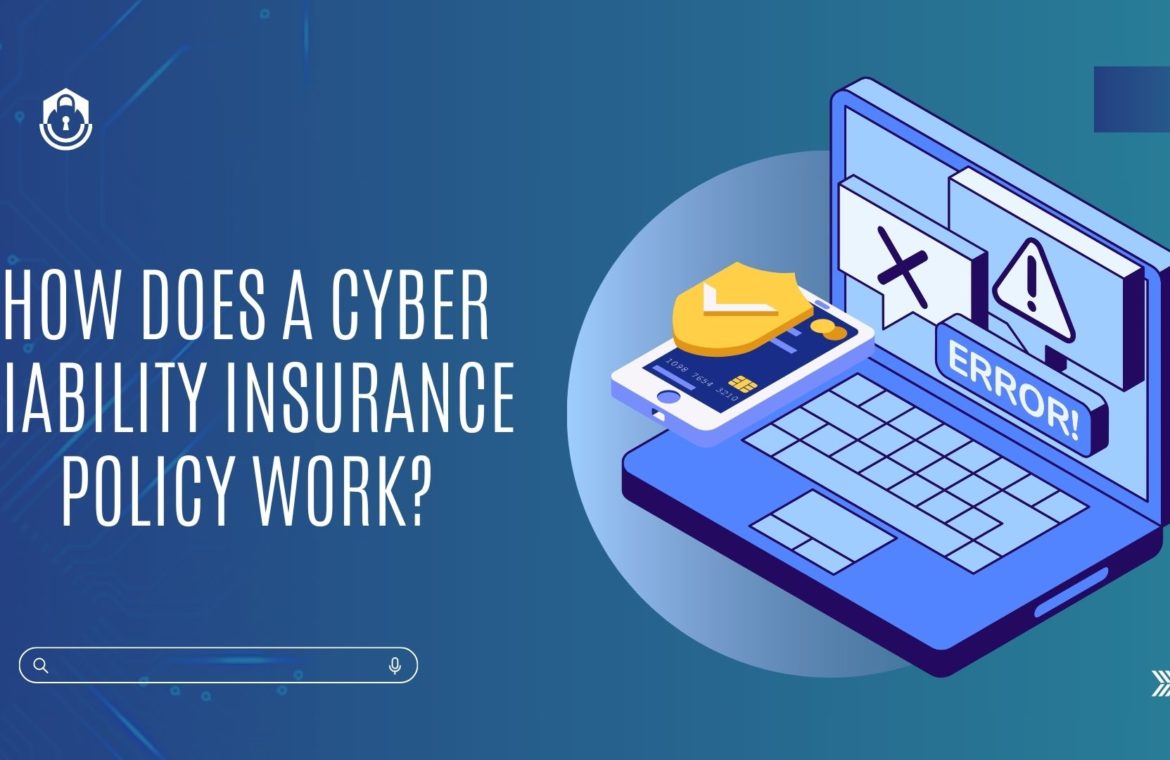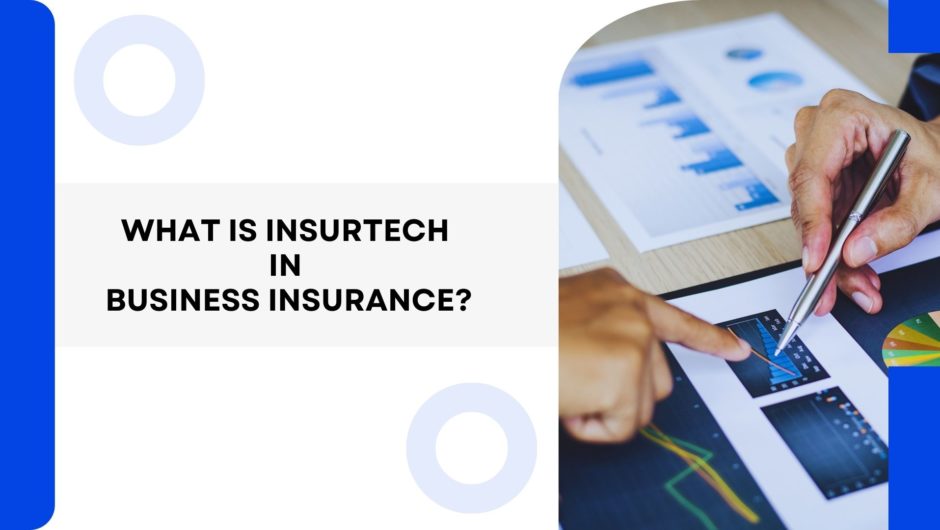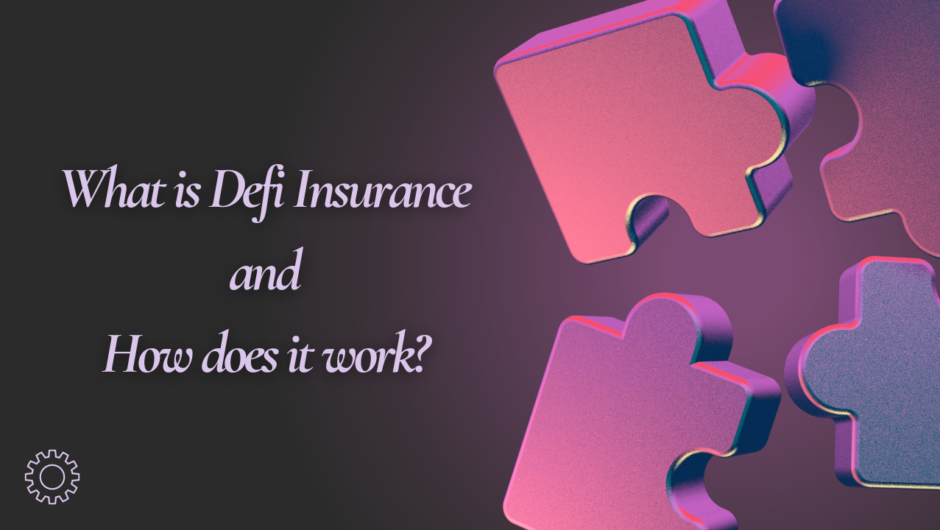A Cyber Liability Insurance Policy is designed to protect businesses from the financial consequences of cyberattacks, data breaches, and other digital threats. In an era where companies rely heavily on digital infrastructure, this insurance provides crucial coverage for costs associated with data recovery, legal fees, and potential damages to clients. It also covers expenses related to regulatory fines, public relations efforts, and customer notification processes. Essentially, a Cyber Liability Insurance Policy acts as a safeguard against the increasingly sophisticated risks that come with operating in the digital age, ensuring businesses can recover swiftly and maintain trust.

Key Features of a Cyber Liability Insurance Policy
A Cyber Liability Insurance Policy offers protection with several key features tailored to address the diverse risks associated with cyber incidents:
- Data Breach Response: This feature covers the immediate costs of managing a data breach, including expenses for notifying affected customers, credit monitoring, and public relations efforts to mitigate reputational damage.
- Legal and Regulatory Coverage: Cyberattacks often lead to legal challenges and regulatory fines. This coverage helps businesses manage the financial burden of legal defense, settlements, and compliance with data protection laws.
- Business Interruption: Cyber incidents can disrupt operations, leading to significant financial losses. This feature compensates for lost income and additional expenses incurred while the business is recovering from the interruption.
- Cyber Extortion and Ransomware: With the rise of ransomware attacks, this coverage is vital. It assists businesses in managing the costs associated with cyber extortion, including ransom payments and negotiation services, helping them navigate these complex situations effectively
Types of Coverage in Cyber Liability Insurance
First-Party Coverage:
First-party coverage in a Cyber Liability Insurance Policy focuses on protecting the insured business from direct financial losses due to a cyber incident. This includes costs associated with data breaches, such as expenses for data recovery, notification of affected individuals, and credit monitoring services. Additionally, it covers business interruption losses, helping a company recover lost income and additional operating costs during downtime. Other aspects like cyber extortion, ransomware payments, and the costs of managing public relations crises are also included under first-party coverage, ensuring the business can respond swiftly and effectively to minimize damage.
Third-Party Coverage:
Third-party coverage protects the insured business from claims made by external parties affected by a cyber incident. This includes legal defense costs, settlements, and damages related to lawsuits brought by customers, clients, or other entities for data breaches, privacy violations, or failures in network security. It also covers regulatory fines and penalties that may arise due to non-compliance with data protection laws, safeguarding the business from potentially crippling financial liabilities.
Factors Affecting Cyber Liability Insurance Premiums
Business Size and Industry
The size and industry of a business significantly influence cyber liability insurance premiums. Larger companies or those in high-risk industries, such as finance, healthcare, or e-commerce, often face higher premiums due to the greater volume and sensitivity of the data they handle. These businesses are more attractive targets for cybercriminals, increasing the likelihood of a cyber incident.
Data Security Measures
A company’s data security practices play a crucial role in determining premium costs. Insurers assess the effectiveness of cybersecurity measures, such as firewalls, encryption, employee training, and incident response plans. Businesses with robust security protocols may benefit from lower premiums, as they are considered less vulnerable to cyberattacks.
Claims History
A business’s history of cyber-related claims can impact its premium rates. Companies with a history of frequent or severe cyber incidents may be viewed as higher risk, leading to increased premiums. Conversely, a clean claims record can help reduce premium costs, reflecting a lower perceived risk by insurers.
Benefits of Cyber Liability Insurance
Financial Protection
Cyber Liability Insurance offers crucial financial protection against the costs associated with cyberattacks and data breaches. It covers expenses such as data recovery, legal fees, regulatory fines, and business interruption losses, ensuring that a business can recover from an incident without facing crippling financial burdens. This protection is vital in safeguarding a company’s financial health in the event of a significant cyber incident.
Risk Management Support
Beyond financial coverage, many cyber liability policies provide access to risk management resources. Insurers often offer tools, training, and expert advice to help businesses enhance their cybersecurity posture, reducing the likelihood of future incidents. This proactive support empowers companies to identify vulnerabilities and implement stronger defenses, mitigating risks before they escalate into costly breaches.
Reputation Management:
Cyber incidents can severely damage a company’s reputation. Cyber liability insurance typically includes coverage for public relations efforts to manage the fallout from a breach. This support helps businesses communicate effectively with customers, maintain trust, and protect their brand image during and after a cyber crisis.
Steps to Take When Purchasing a Cyber Liability Insurance Policy
Step1: Assessing Your Cyber Risks
The first step in purchasing a cyber liability insurance policy is to assess your specific cyber risks. This involves evaluating the types of data your business handles, your reliance on digital systems, and the potential vulnerabilities in your cybersecurity measures. Understanding these risks helps in identifying the coverage areas that are most relevant to your business, ensuring that the policy you choose addresses your unique needs.
Step2: Choosing the Right Coverage
Once you have a clear understanding of your risks, the next step is to select the appropriate coverage. Consider whether you need first-party coverage for direct losses, third-party coverage for liabilities to others, or a combination of both. Evaluate the policy limits, exclusions, and additional features, such as business interruption or cyber extortion coverage, to ensure comprehensive protection.
Step3: Working with an Insurance Broker
Partnering with an experienced insurance broker can simplify the process of purchasing cyber liability insurance. A broker can help you navigate the complexities of policy options, negotiate better terms, and tailor coverage to your business’s specific needs. Their expertise ensures that you obtain the most effective and cost-efficient protection against cyber risks.
Conclusion
Cyber Liability Insurance has become an essential safeguard for businesses of all sizes. As cyber threats continue to evolve and become more sophisticated, the potential for financial loss, legal liabilities, and reputational damage has never been greater. Cyber Liability Insurance provides critical financial protection, risk management support, and resources for responding to incidents. By ensuring that businesses are prepared to handle cyberattacks and data breaches, this insurance not only helps in mitigating the immediate impact but also plays a crucial role in sustaining long-term business resilience and trust in a digital-first world.
Read More:
- Bike Insurance: Premium Details And How To Buy
- How safe private insurance companies are?
- 7 principles of Insurance which every investor should know
- Why should you avail life insurance?

Hello, I am Tanisha Kriplani, graduated in computer science from Delhi University. I am passionate about web content writing and have a strong interest in Data Analytics and Data Engineering.












